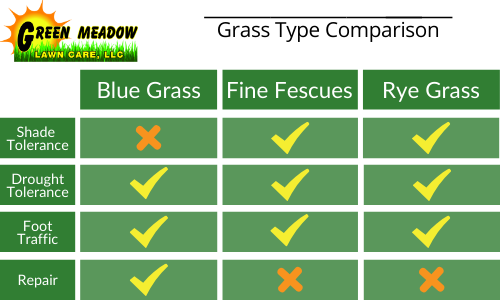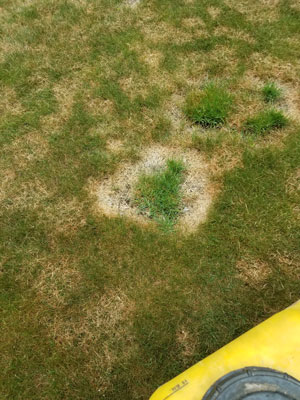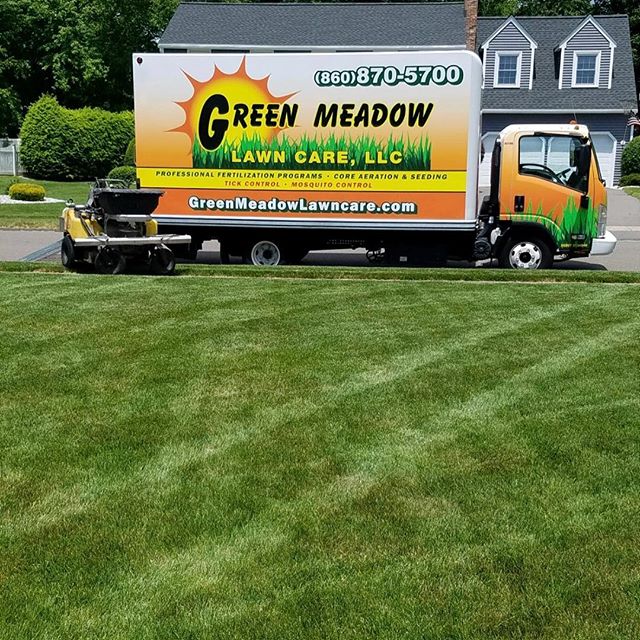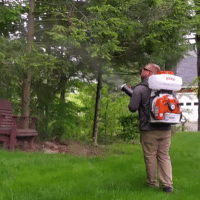Pythium blight is a very destructive fungal lawn disease that does the worst of its damage in hot and humid weather.
It can be spread my moving water and mechanical equipment. This disease can do significant damage in as little as a few days under the right conditions.
This disease, like many others, is easier to prevent than it is to cure. The best preventative for this disease is maintaining a healthy lawn that can stand up to disease.


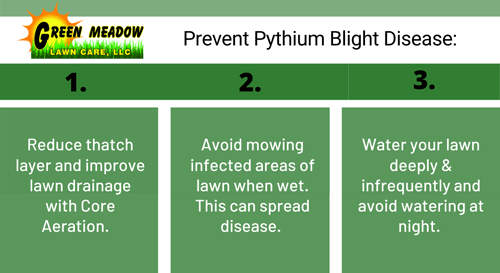
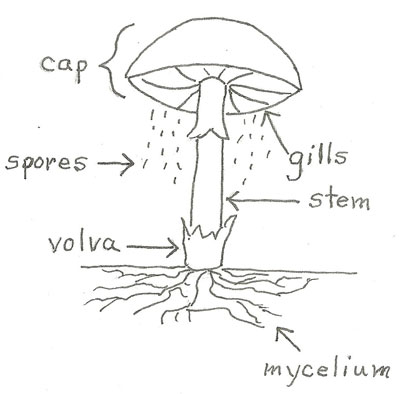
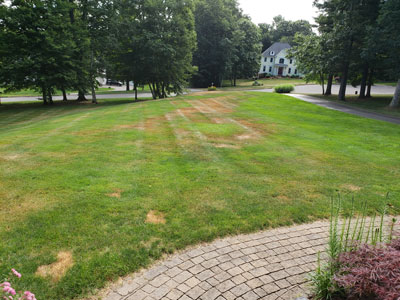
.png)
